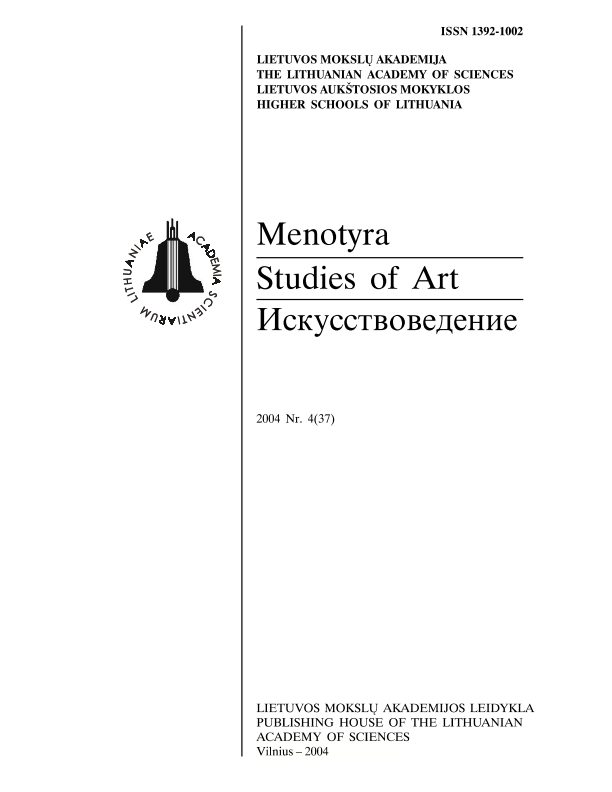Svarbiausios modernizmo ir režisūros tendencijos Latvijos teatre XX a. 3-4-uoju dešimtmečiu
Modernism and direction of Latvian theatre in the 1920s and 1930s. The most important tendencies
Author(s): Silvija RadzobeSubject(s): Theatre, Dance, Performing Arts, Cultural history, Interwar Period (1920 - 1939), Sociology of Art
Published by: Lietuvos mokslų akademijos leidykla
Summary/Abstract: In addition to the national theatre's scenic realism, clear tendencies of modernism can be observed in the Latvian theatrical culture of the 1920s and 30s. First of all, these tendencies are associated with the Intimate Theatre (1923-1925), where actress and directress Biruta Skujeniecė was developing the principles of symbolism. Riga's Labour Theatre (1926-1934), where directors such as Jurijus Jurovskis and Janis Zarinis worked, mastered the poetics of expressionism. In Art Theatre (established in 1920), director Eduardas Smilgis developed the poly-stylistic scenic language; its main components were "theatricality", "pastiche", and "synthesis".Foreign (Russian, French, and German) sources, also discussed in the report, played a considerable role in the evolution of modernism in Latvian theatre.
Journal: Menotyra
- Issue Year: 2004
- Issue No: 4(37)
- Page Range: 30-34
- Page Count: 5
- Language: Lithuanian

